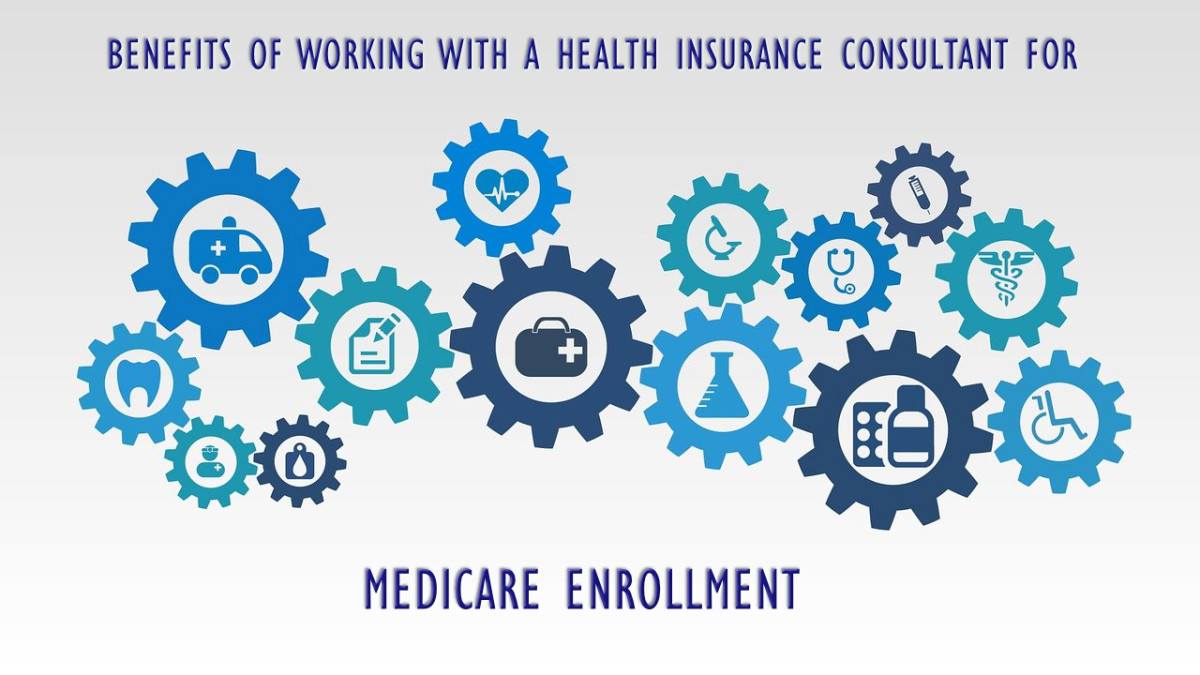Health Insurance Coverage Tips
Introduction
Health insurance covers a person’s health care expenses in the event of sickness. Insurance is based on the fact that anybody can suddenly fall sick or alternatively be involved in an accident and eventually end up in a hospital bed.
One may unexpectedly fall sick after contracting a disease. When this happens to an individual or a member of their family, they may be required to meet high unaffordable costs of treatment which might include in-patient care, the cost of medicine, doctor’s fee, not to mention many other charges.
It is preferable to look ahead and cushion yourself rather than regret especially when faced with life's future unforeseen uncertainties which more often than not, come unexpectedly when we barely have adequate finances. Moreover, matters relating to health tend to be rather expensive.
Health Insurance Coverage in the United States
While government employees in the USA are covered under insurance programs provided by the government, many others in the private sector of the economy get insurance cover from various private health insurance companies.
However, many other individuals lack any form of health or medical insurance cover.
According to the National Association of Insurance Commissioners survey of 2014 (NAIC, 2014), the Percentages of individuals who have health insurance cover vary due to government policy issues, economic and population changes over time.
The report classifies health insurance coverage into three categories which include:
- Private health insurance
- Government health insurance
- And the uninsured.
Insurance coverage

Private health insurance
This includes individuals who are covered by an employer or union, coverage purchased directly by an individual from an insurance company or through an exchange.
Exchange plans include coverage purchased through the federal Health Insurance marketplace and other state-based marketplaces and include both subsidized and unsubsidized plans.
Insurance coverage

Government health insurance
U.S. Government health cover includes programs like Medicaid, Medicare, Children’s Health Insurance Program (CHIP), individual state health plans, TRICARE, CHAMPVA (Civilian Health and Medical Program of the Department of Veterans Affairs), and care for the Department of Veterans Affairs and the military departments.
Between 2013 and 2014, coverage rates increased for three types of coverage: direct-purchase health insurance, Medicaid, and Medicare.
In 2014, 93.6 percent of older adults were covered by a government plan and 52.8 percent were covered by a private plan.
Uninsured persons
These are individuals who do not have any form of health insurance coverage and have to meet incurred expenses from their pockets.
Insurance coverage

Increase in Health Insurance Coverage
Reports indicated that the percentage rate of individuals who were uninsured decreased as the Young Adult Provision enabled adults aged 26 to remain as dependents on their parents’ health insurance plans after the passing of the Patient Protection and Affordable Care Act (ACA) in 2010.
Many more individuals were drawn in as Medicaid eligibility expanded with the establishment of health insurance marketplaces (e.g., healthcare.gov).
The report also revealed that the percentage of people with health insurance coverage in 2014 was 89.6 percent, while 2013 had only 86.7 percent.
Individuals with private health insurance coverage increased to 66 percent compared to the government’s coverage of 36.5 percent of insured workers (Smith & Medalia, 2014).
The report also reveals that employer-based insurance covered the most people at 55.4 percent of the population, followed by Medicaid at 19.5 percent.
Medicare-covered 16 percent, direct purchase from private insurance companies covered 14.6 percent, which marked an increase of 3.2 percentage points in 2014, and the military cover was 4.5 percent.
This increase in the percentage of health insurance cover was attributed to an increase in the rates of both private and government coverage (Smith & Medalia, 2014).
Smith & Medalia (2014), also report that in 2014, the percentage of uninsured children under age 19 decreased from 7.5 percent in 2013 to 6.2 percent.
In 2014, the U.S. Census Bureau Estimates indicated that 10.4 percent of people (33.0 million) were uninsured for the entire calendar year, representing a decrease of 2.9 percent compared to 13.3 percent (41.8 million) in the year 2013.
Health insurance by Marital Status
On health insurance based on marital status, the report indicates that in 2014, married adults were more likely to have health insurance coverage (89.7 percent), compared with individuals who were divorced (82.9 percent) or those who have never married (81.5 percent).
The importance of insurance
Disability Status
The percentage of working-age adults with a disability who had any type of health insurance coverage in 2014 was higher than for the population with no disability.
About 89 percent of adults aged 18 to 64 years with a disability had insurance coverage, compared with 85.5 percent of adults without a disability.
The report clearly indicated a major upward shift of people who have health coverage over time. The report provided facts indicating high levels of awareness in general of the need for buying insurance cover.
3 ways to tell how much Life Insurance you Need
How to buy health insurance
A simple online check reveals a myriad of insurance companies in every state. The existence of many licensed companies provides a good opportunity where an insurance client can compare and finally choose one company they consider to be not only available in their geographical zone but also affordable with regard to their individual needs and economic capability.
If your cover is not provided by your employer or the government, it is possible to buy health insurance directly from an insurance company, its branch office, via an insurance broker or insurance agent.
Every working person can buy health insurance coverage to cover their spouse, their dependents, and themselves excluding their grown-up children who are expected to be financially independent.
This way you do not need to have ready cash for a member of your family or yourself to be treated in a hospital as the insurance company will pay the bills on your behalf up to certain specified amounts which vary depending on your ability to pay monthly premiums.
Before buying an insurance policy, one is advised to read the policy document and understand its contents prior to signing up.
When you are considering buying medical insurance, bear in mind the following issues:
- Does the policy cover inpatient treatment only?
- Does the policy cover both inpatient and outpatient medical treatment?
- Who will decide on the type of medical insurance to be bought?
- Does the policy include the last mile clause on taking care of funeral expenses?
- How expensive is the cover for both inpatient and outpatient compared to those that cover in-patient treatment only?
- Does the policy cover the buying of health insurance through licensed insurers, brokers, agents, or organizations that you belong to?
Medicare
Advantages and disadvantages of having/ not having health insurance coverage
The absence of health insurance implies meeting the cost of treatment from your own pocket or sourcing for such funds from your financiers, donors, or wherever you get help from. Failure to prepare for such an eventuality can turn one into a very needy person.
Buying a health insurance policy guarantees that such costs and higher unexpected charges are met by the insurance company you have chosen to cover your medical expenses, be they for in-patient or out-patient treatment.
Treatment of both in-patients and out-patients is guaranteed so long as one's cover remains active as premiums are remitted to the insurance company within the cover period.
Employers feel more secure when dealing with insured workers compared to uninsured workers.
Disability benefits and liabilities are taken care of by the insurance company in case of any eventualities.
List of Insurance companies in the USA
- Insurance coverage Tips
What is Insurance? Insurance is simply the transfer of one's risks to an Insurance company at a fee. Calamities or misfortune can strike a person anytime. When it does, the effect is often negative.








